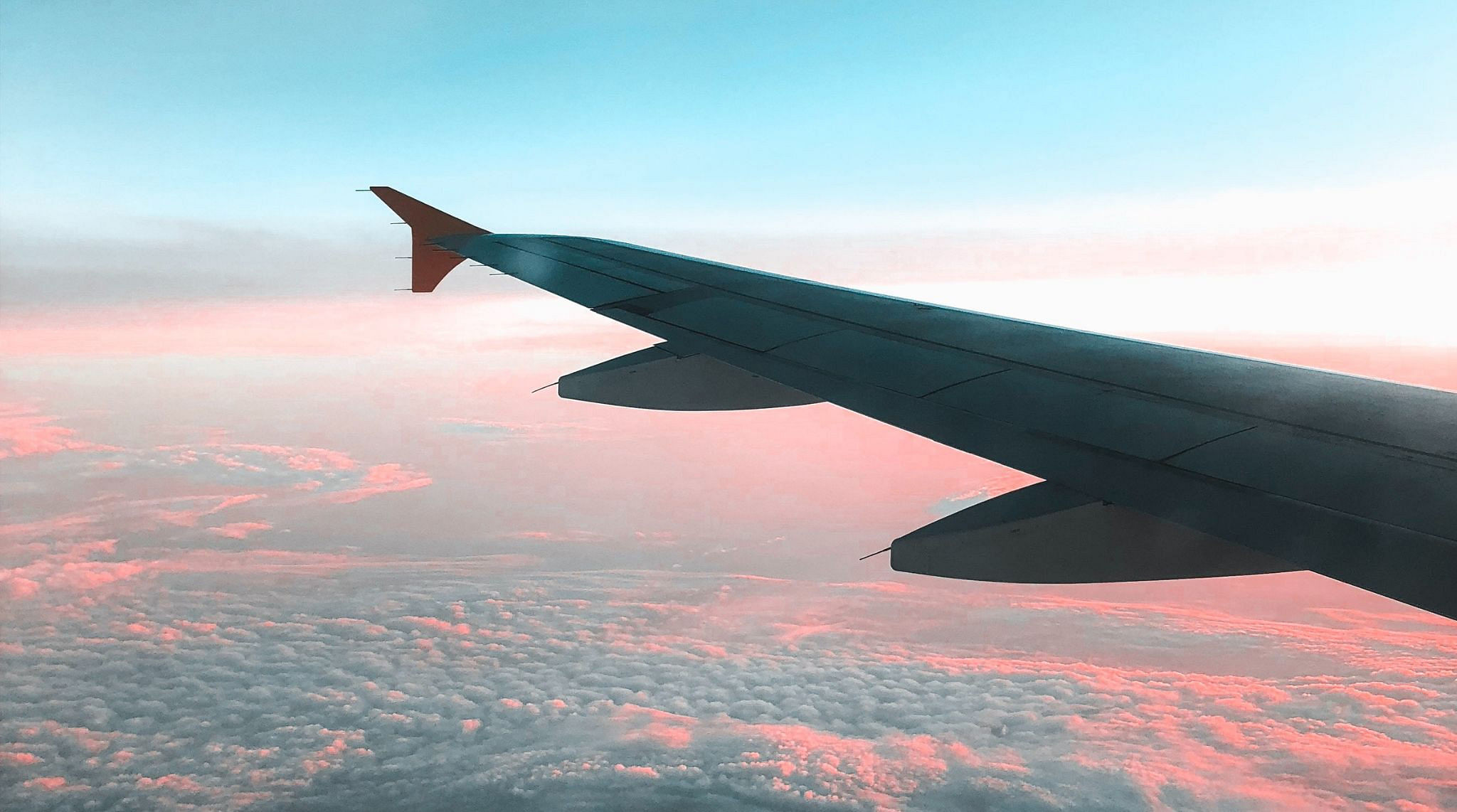No products in the cart.
Uncategorized
How To Change Your Data Plan Without Changing Your SIM Card

Fast and affordable internet connection has become essential to our daily lives. We depend on staying connected, especially when we travel. But changing your data plan when you’re abroad can get complicated. It often involves getting a new SIM card, keeping track of your old one, and changing your phone number.
Enter the Airalo eSIM. Airalo offers eSIMs (digital SIMs) for more than 200 countries and regions worldwide, making it easy to stay connected when you travel. You can keep your SIM card safe inside your phone and use an eSIM to connect to a local network when you travel.
In this article, we’ll discuss what an eSIM is, how to get a data plan without changing your SIM card, and how to stay connected when you travel.
What Is an eSIM?
First things first: What is an eSIM? An eSIM (also known as a digital SIM) is a memory chip embedded in your device. Like a SIM card, it identifies you as a mobile subscriber and connects you to a network. Unlike a traditional SIM card, it works 100% digitally and can be activated remotely.
Using an eSIM has many advantages. It enables you to connect to the internet without handling a physical SIM card. Rather than insert a new SIM, you can download an eSIM package and instantly connect to a mobile network.
Most new smartphones support eSIM technology, and some (like the US model iPhone 14) are eSIM-only. You can store multiple eSIMs on your phone, making it easy to switch between plans and connect to a new network when you travel.
Read more: 9 Advantages of Traveling With an eSIM
Change Your Data Plan Without Changing Your SIM Card
eSIMs allow providers to package data in a completely different way. Instead of relying on a physical chip to update a data plan, it can be done remotely with an eSIM.
Airalo works directly with carriers to secure the best rates and most reliable service when you travel. You can keep your SIM card in your phone and download an eSIM to stay connected when you travel. Here’s how.
How to Get an eSIM
Getting started with an Airalo eSIM is easy:
- Head to the Airalo store.
- Select the country or region where you want to connect. You can choose from local, regional, or global data plans (more on this below).
- Choose a plan for how much data you need (e.g., 1GB, 3GB, 5GB) and how long you need it (e.g., 7 days, 15 days, 30 days).
How to Install an eSIM
Once you’ve purchased your eSIM, we’ll send you an email with detailed installation instructions. There are three ways to install an Airalo eSIM:
- Direct: Install the eSIM from the Airalo app.
- QR Code: Install the eSIM by scanning a QR code.
- Manual: Install the eSIM by entering the details in your device settings.
How to Activate an eSIM
You’re all set to connect to the internet! Depending on your eSIM, it will activate as soon as you install it or once you connect to a mobile network at your destination. You can review your eSIM’s activation policy to see which applies.
Read more: How to Activate an eSIM From Anywhere
eSIMs for 200+ Countries and Regions
From Azerbaijan to the Netherlands, you can choose eSIM packages for more than 200+ countries and regions with an Airalo eSIM.
There are three basic eSIM plans: local, regional, and global. A local plan is for a specific country. If you’re traveling to one destination, it’s the plan for you — choose a local eSIM here.
A regional or global plan might be more fitting if you’re off to multiple places. Here’s what you need to know about each type.
Regional Data Plans
A regional eSIM plan works across multiple countries in a specific region. Instead of exchanging your SIM for every country you visit, you can easily purchase a regional eSIM to stay connected throughout your trip. Airalo has regional plans for:
Global Data Plans
If you’re traveling to multiple countries and regions, a global eSIM might be best for you. A global eSIM gives you the freedom and flexibility to travel around the world without worrying about changing your data plan as you go.
Are you looking for a flexible data plan for travel? Choose an Airalo eSIM to stay connected in 200+ countries and regions worldwide.


